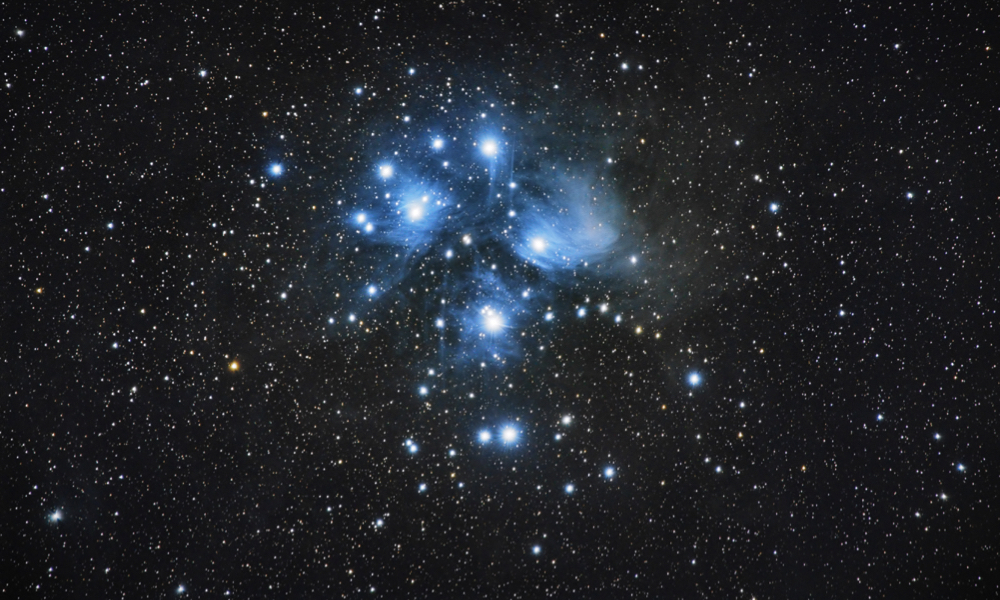
ESA Open Invitation to Tender AO9324
Open Date: 11/05/2018
Closing Date: 22/06/2018 13:00:00
Status: ISSUED
Reference Nr.: 18.155.06
Prog. Ref.: EO-Science for Socie
Budget Ref.: E/E105-E5 – EO-Science for Socie
Special Prov.: BE+DK+FR+DE+IT+NL+ES+SE+CH+GB+IE+AT+NO+FI+PT+GR+LU+CZ+RO+PL+EE+CA+SI
Tender Type: C
Price Range: 200-500 KEURO
Products: Non Space Procurement/Services
Techology Domains: Others
Establishment: ESTEC
Directorate: Directorate of EO Programmes
Department: Science, Applications & Climate Dep.
Division: Earth and Mission Sciences Division
Contract Officer: Aouad, Nadine
Industrial Policy Measure: N/A – Not apply
Last Update Date: 11/05/2018
Update Reason: Tender issue
Precipitation represents a key component of the water cycle. Its variability and behavior require frequent, closely spaced observations for adequate representation. Such observations are not possible through surface-based measurements over much of the globe, particularly over oceans or developing economic regions. Consequently, on a global scale it is necessary to rely upon satellite-based techniques to derive precipitation estimates with adequate temporal coverage through suites of sensors flying on a variety of satellites. The activity aims to study the needs and scientific requirements for a new satellite mission concept with focus on global scaleretrieval of precipitation taking account of the recent and emerging experimental data sets and theoretical model developments.Special emphasis is put in ensuring all-region capability including cold regions and cold seasons, and dealing with snow. To addressthis aspect the study will combine state-of-the-art remote sensing techniques i.e. scanning polarimetric radar, triple-frequency radar, radar Doppler spectra, lidar with novel in-situ sensors and passive remote sensors.
If you wish to access the documents related to the Invitation to Tender, you have to log in to the ESA Portal.
